How To Get Rid Of Mold In Your Sinuses – A COMPLETE Guide
As an Amazon Associate, I may earn from qualifying purchases at no extra cost to you.

Finally, spring season is over! You thought it would finally be the time for your nose to catch a break from constant sneezing or sniffing because of hay fever.
But you noticed it’s not going away, and you still feel miserable.
Your nose is still stuffy, your throat is still itchy, and your eyes are still watery.
What’s causing you so much misery?
It may be mold growth in your home – and you may be having an allergic reaction to it.
Not interested in suffering from hay fever symptoms all year round?
Then find out how to get rid of mold in your sinuses. Keep that fungi out of your nostrils and out of your home, and go back to breathing – and living – in peace.
More...
Mold Growth in Your House - And Your Sinuses!
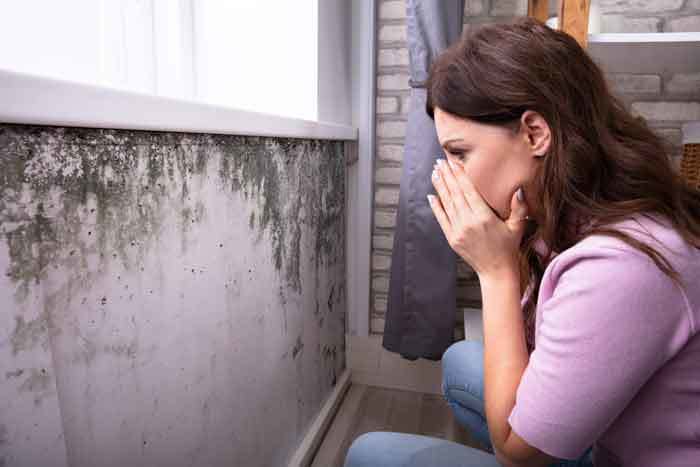
It’s more common than you think – mold spores can enter your house through every open door, window, and even vents!
Once they find a nice, moist spot to settle into, you might as well consider the mold a roommate.
This mold growth will release spores into the air you breathe, and inhaling it will lead to repercussions we’ll explain below.
So what if there’s mold in my house?
Living in a moldy environment can be bad for your health.
If you have mold allergies, expect symptoms much like the ones you experience in springtime, or symptoms like the ones you experience with every other allergic reaction.
You can have trouble breathing, swallowing, and even suffer from postnasal drip.
Even if you’re not allergic to mold, if you have asthma, expect to experience more intense attacks.
Studies show that mold exposure in children can even cause the development of asthma, so do yourself and your family a favor by protecting them from possible mold growth in your home.
But we’re here to tell you – you can prevent all this, starting from the very root of your problem.
How to Prevent Mold Growth in Your Home?
You can prevent mold spores from entering your airways by first preventing mold from entering your house, or making sure your house isn’t prime estate for mold spores looking for a new place to start anew.
This can be done through a number of ways, most of which are things you probably already do to ensure your house is in proper working order.
1. Look out for leaking pipes
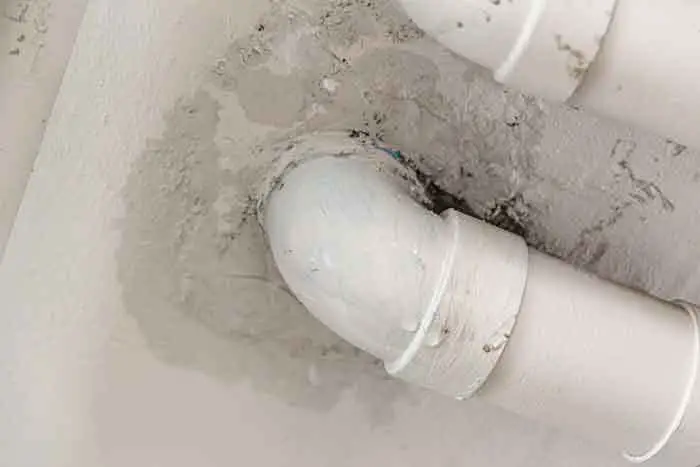
Because mold grows where there is moisture in your home, look out for leakage in your pipes, ceiling, and even your air conditioning units.
2. Allow air to circulate

Stale, still air within a room encourages mold growth, so open doors between rooms every once in a while to allow air to circulate within your home.
3. Use a heater

During winter, use a heater. Because cold air condenses more easily, in the cold season your house is more susceptible to mold spores taking root indoors.
4. Install an exhaust fan
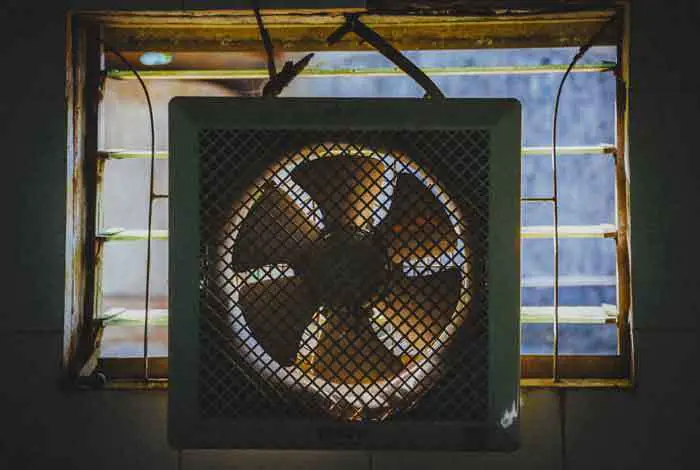
If you spend a lot of time cooking, install an exhaust fan to make sure all the hot, greasy air from your stove makes it outside. (Remember to check behind your refrigerator for possible leaks!)
5. Avoid leaving out damp clothes
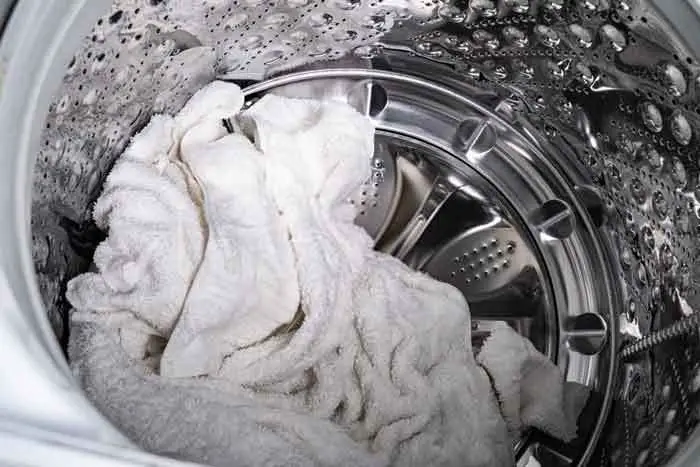
Avoid leaving your damp clothes in the laundry machine or the dryer. Dry and put them away as soon as you can – even mold likes a little fashion!
6. Ensure gutters are working well
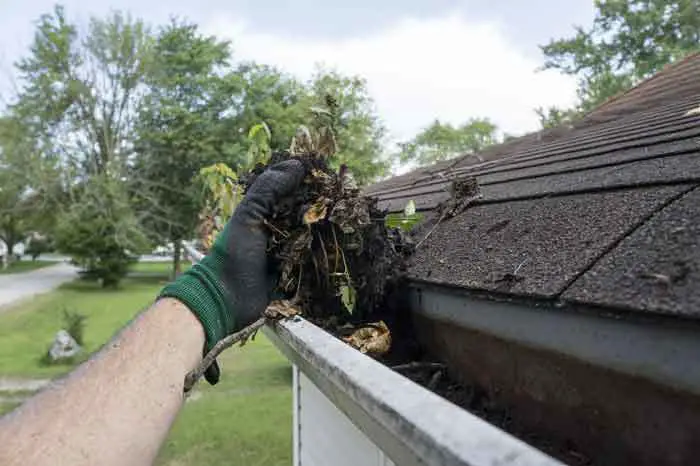
If you’re still in the process of building your dream home, then make sure that your gutters are functioning properly and they’re moving water away from your house – not toward it, or anywhere near it.
7. Use a dehumidifier
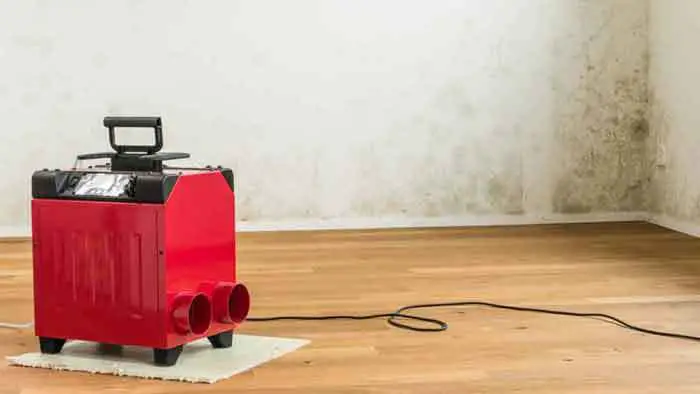
Consider using a dehumidifier, which removes moisture from a room.
You can choose from three size options, depending on how bad you think your mold problem is: a small capacity unit can take care of a small room for you, like a bathroom or even a particularly musty office.
A large capacity can probably handle your living room, and you can even move it around the house as you wish.
But a whole house dehumidifier can make sure your entire house is free from mold.
Wondering which type of dehumidifier is right for you?
There’s so many of them, and you shouldn’t have to base your purchasing decisions on the size options we’ve listed above.
Check out this link to find out which dehumidifying unit caters to you and your needs.
How To Get Rid Of Mold In Your Sinuses
However, if you suspect the mold growth in your home has already started to take effect on your health, then fear not, because we’re here to help you figure out how to remove mold from your sinuses, and body, too!
1. Take antihistamines
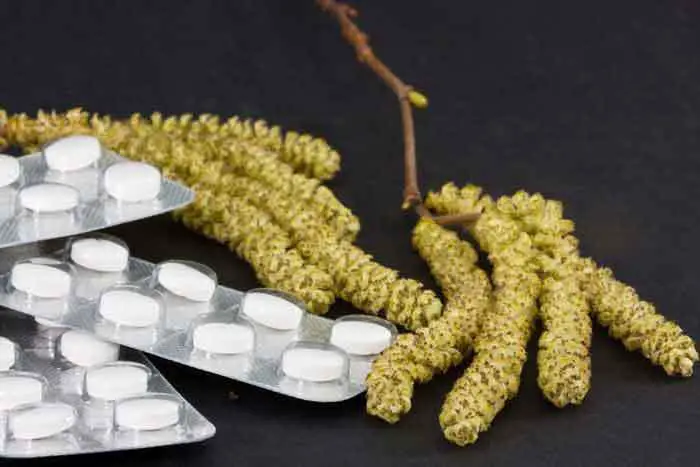
If you think you’re suffering from allergies thanks to mold, then consider taking antihistamines when your symptoms start acting up.
These over-the-counter drugs can relieve you of your runny nose and sore throat, but beware: they’re not a permanent solution, and you shouldn’t consider them your only ally in ridding yourself of your moldy woes.
2. Nasal irrigation
If you’ve never heard of irrigation to clear your airways, then hang on to your seats: this method may sound crude and painful to you, but it’s actually a method that doctors advertise to relieve you of your pains.
Nasal irrigation is also referred to as sinus flush, as it literally guides fluid into your nostril and out the other, essentially flushing out said liquid and all the irritants that may have been causing you misery – yes, even mold spores!
A saline solution is used during a sinus flush.
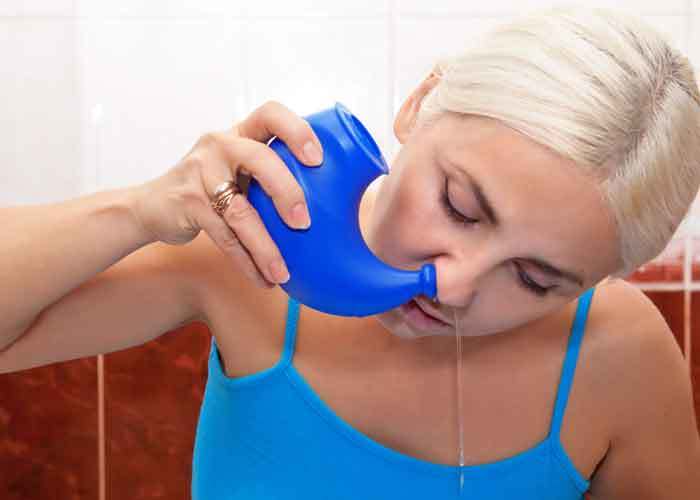
You can buy these at your local drugstore, or you can make your own at home, following this recipe:
It’s best to rinse your nose inside the bathroom, or where a sink is available to you.
We recommend rinsing right after a hot shower so that the fluids in your nose are runnier.
Thus, you can carry out the rinse more easily.
Using an infant nasal bulb, gather the solution and tilt your head to one side, inserting the tip with the opening into one nostril.
Breathe normally as the solution enters one nostril and flows through the other (Don’t worry, it’ll all flow right back out!).
Rinsing out your sinuses is as easy as that. If you don’t trust yourself to make the solution, then you can purchase it from your local drugstore.
Conclusion: How To Get Rid Of Mold In Your Sinuses
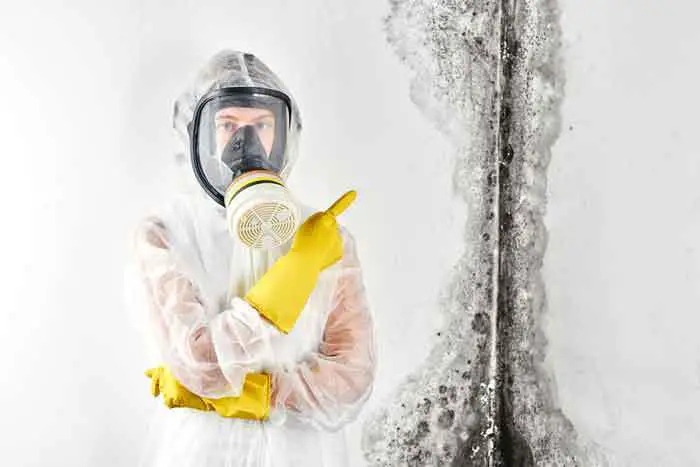
Say goodbye to your moldy symptoms, and fear mold allergies no more! Here's how to get rid of mold in your sinuses: By keeping your home and your life mold-free.
Keeping your house mold-free is as simple as one-two-three, if you just remember to:
There are also other smaller, simpler ways you could avoid mold growth as listed in this article, but the three most effective things you could do are the ones enumerated above.
But if the mold has already migrated from your home into your nose, then consider the following procedures:
Remember, discovering mold in your home (and in your nose!) isn’t the end of the world.
There are still steps you can take to prevent an extended hay fever.
